Editor’s Key Takeaways: Mastering the Art of Interior Photography: 12 Essential Tips

This blog post provides some essential tips for anyone interested in delving into interior photography. It guides the reader through various aspects of this art form, which can be applicable whether they’re engaging in home interior shots for fun or aiming to land a premium real estate project.
- Kit Requirements: The article advises that any interchangeable lens camera made within the last five years will suffice for most interior photography. For deeper pockets or high-end commercial shoots, a medium format camera is recommended. Wide-angle lenses are the suggested choice for lens coverage.
- Lighting: Although there’s no specific mention of lighting in the summary, it’s an implied important factor in interior photography.
- Focusing on Details & Composition: The blog emphasizes focusing on the details and how wide or tight your shot should be, which impacts the final composition.
- Planning Ahead, Styling and Clutter Removal: The importance of planning, including strategic use of objects for styling and importance of clutter removal are underscored.
- Shooting Techniques: Tips for shooting in RAW format, bracketing exposures or HDR, and focus stacking are provided.
- Post-Processing: Finally, the author touches upon the significance of editing in interior photography.
Introduction
Interior photography can be a great venture if you love real estate photography or simply enjoy interior design. To get started, we share twelve must-know interior photography tips.
We’ll cover everything from planning, gear, composition, and post processing so that no stone is unturned when experimenting with interior photography. Whether you plan to just have some fun taking interior shots or you want to land a corporate brand gig, this article will provide the perfect springboard into the genre!
Interior Photography Tips:

1. Kit Requirements
Instead of starting with the best recommendations of Ralph Lauren textiles or Versace cushions to strategically place within your scene. It’s best to first outline the essential camera gear needed to capture everything looking at its finest.

Cameras
Most interchangeable lens cameras made in the last five years will provide enough resolution and features for the majority of interior shots. If you intend to shoot high-end commercial interior photography or have very deep pockets, a medium format camera is a better option (but only if you really have the money or work with major clients). If you own a good quality lens, any modern full-frame DSLR or mirrorless system will do an impressive job getting stunning interior photography.
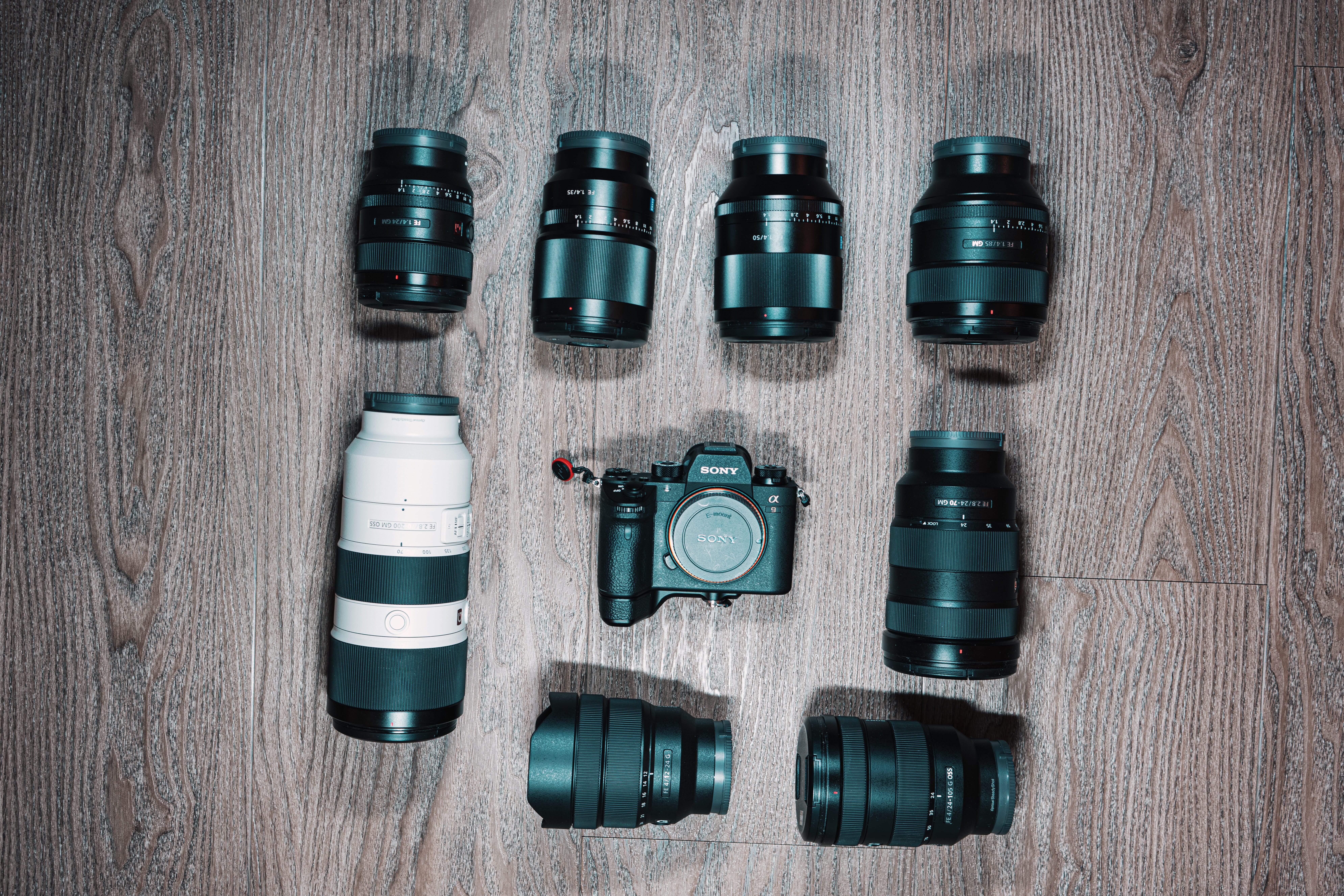
Lenses
As for lens choice, most interior photography is covered with wide-angle lenses. At the extremes, there are fisheye lenses, with focal lengths going up to as narrow as 50mm and 70mm for tighter shots. On the surface, the widest angle lenses provide the most coverage, but they can also make straight lines look distorted.
Related Post: Best Lenses for Interior Photography
Therefore, it’s a fine juggling act with focal length choice, dependent on the space. We will dive deeper into the focal lengths needed below. But the other consideration is choosing between a zoom or prime lens. Zooms will provide the most flexibility, but prime lenses will give you that extra zest of sharpness and character.
Tripods and Other Accessories
Just like landscape photography, interior shots need a sturdy tripod. This piece of equipment is a necessity rather than an option, so if you don’t already own a tripod, invest in the best one you can afford.
Think of a high-quality tripod as a once-in-a-lifetime purchase. The top-quality versions can be expensive but are also the best at soaking up vibrations and are the most versatile.
Not so much talked about but still a necessity, is a remote shutter trigger. Everything about the camera and lens needs to be vibration-free at the point of exposure, a remote trigger plays a big role in reducing these vibrations.
2. Lighting
While artificial lights can be used, lighting a complete interior space with this method brings with it a whole bag of challenges. Simply put, use natural lighting wherever possible to avoid unwanted shadows, color casts, and lots of unwanted post-processing time. Overcast days create the softest lighting, especially with lots of windows in a scene.
Daylight creates a natural feel to the environment and when exposed correctly, doesn’t require anywhere near the setup time as with artificial lighting. Recessed or incidental lights can add a certain ambiance to a scene, but you will then have to correct for different color temperatures, bracket your exposures and possibly do some local adjustments in post-processing.
3. Focusing on the Details
I like using the landscape analogy here as most of us have shot some kind of outdoor space in our early careers. Imagine shooting a landscape scene where we would have loved to have moved a fence, bush, rock, or mountain to produce the ideal layout. Interior photography affords nearly any object to be moved, which means you can be far more meticulous.
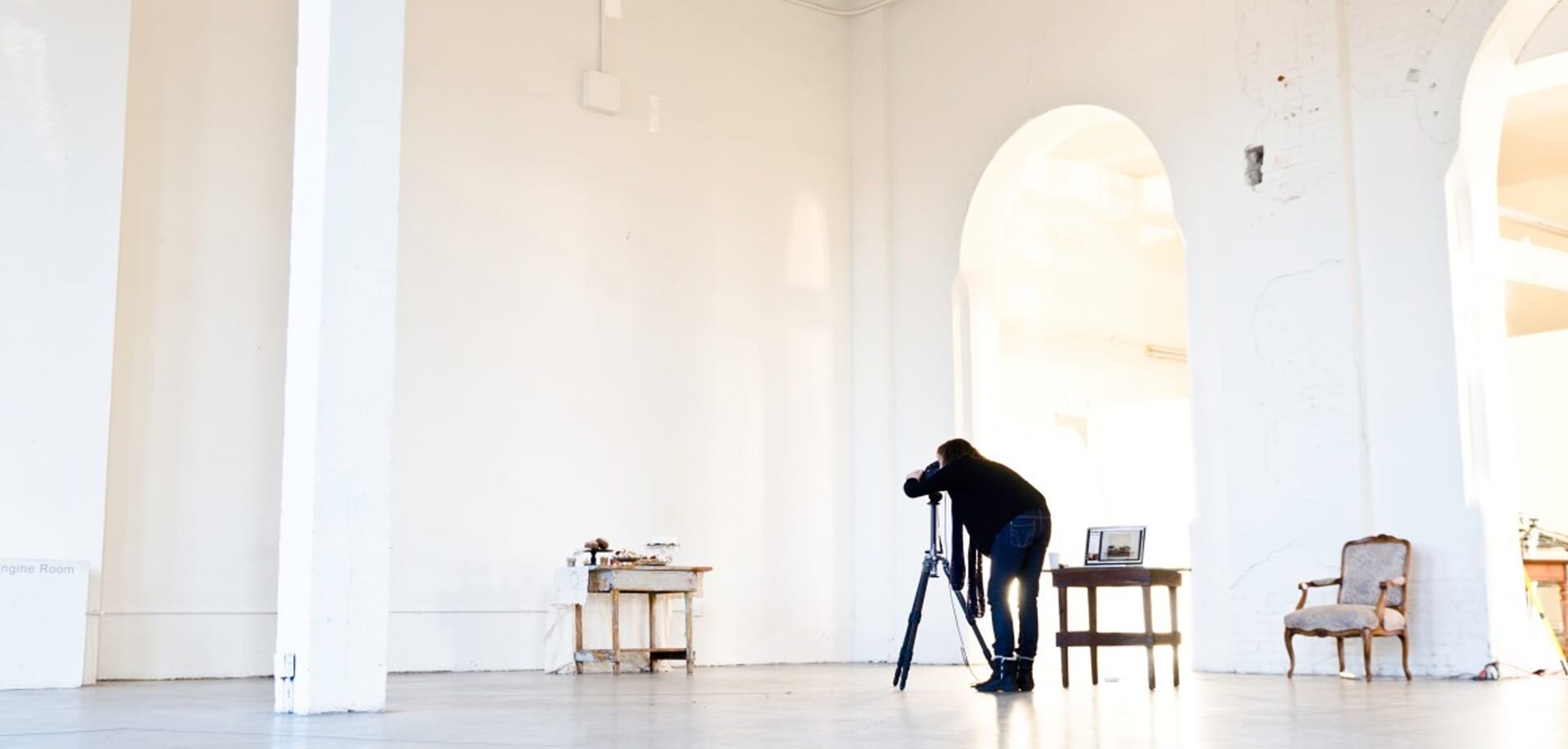
Having the options to move or change anything in a scene means you need to switch into a detail-orientated mode. Take note of the color schemes, the placement of objects, alignment, foreground and background objects, and condition. A chipped coffee cup may look quaint in a rustic scene but it will look completely out of place in a high-fashion interior shot.
4. Composition
You may be in a position to shoot the most beautiful interior space imaginable, but how that space is captured is equally as important. Here is where all the basics of composition come into play such as the rule of thirds, leading lines, foreground, mid and background elements, depth, and negative space.
What are the most important elements in the space? Are there any distracting elements in the scene? If in doubt, remove that particular object or change its position until you are happy with the overall composition. You can also add elements such as flowers to add a spot of color here and there. Spots of color added to a scene can draw the eye to a particularly important element.
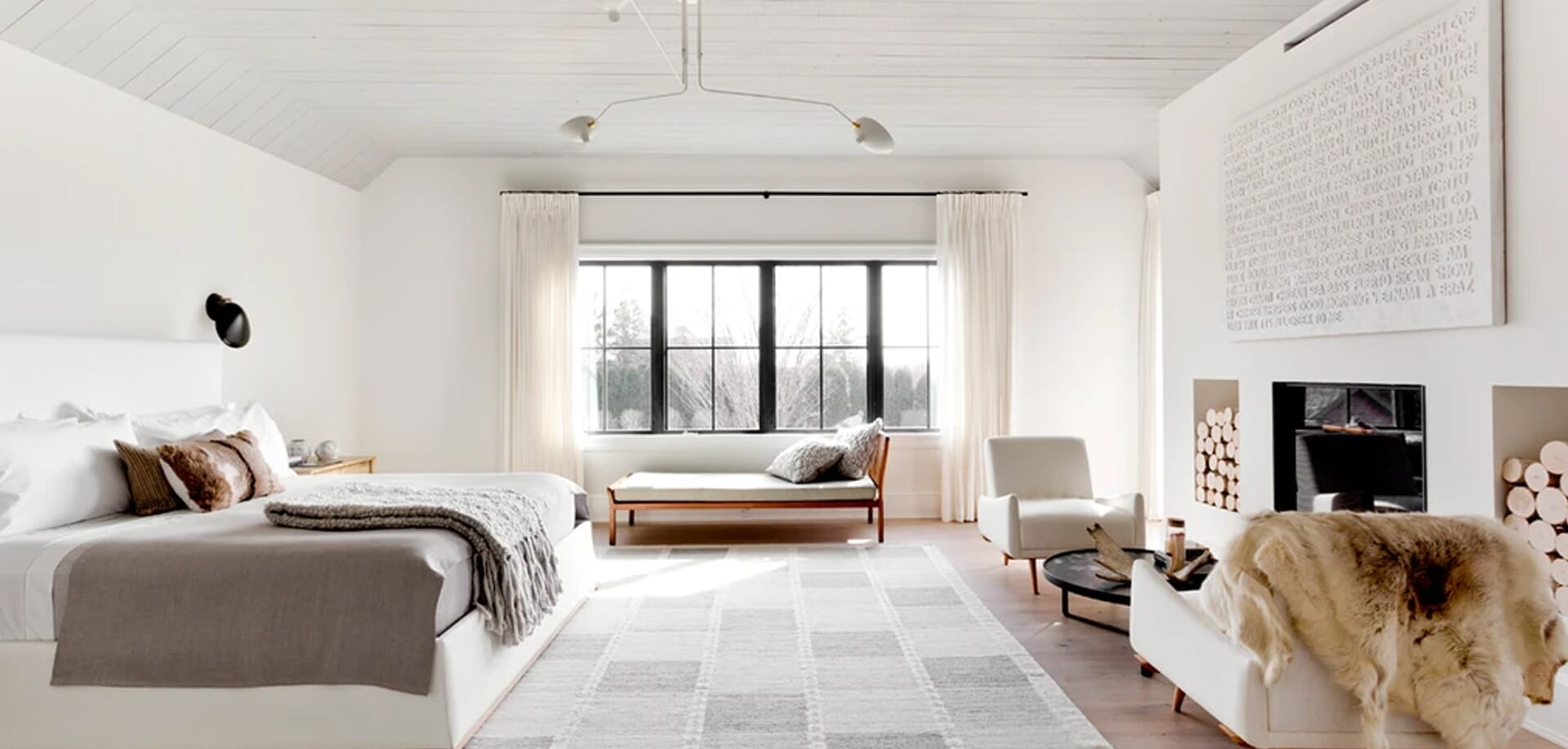
5. How Wide Should You Go?
If you’re shooting an average real estate images, then an ultra-wide-angle or fisheye lens may do the trick. But to show off the interior design at its best, the focal length can’t be too wide. Generally speaking, a focal length wider than 24mm will start to introduce distorted straight lines, which adds to the post-processing time.
If the space allows, a 35mm or even a 50mm lens can provide plenty of width, while also minimizing lens distortion. These focal lengths are also good for close-up shots of pertinent room elements.
A simple way to check ideal focal lengths and composition is to wade through a few high-class magazines or websites which feature high-end interior images. Check to see if your chosen focal length lengths match up with your favorite images and their compositions.
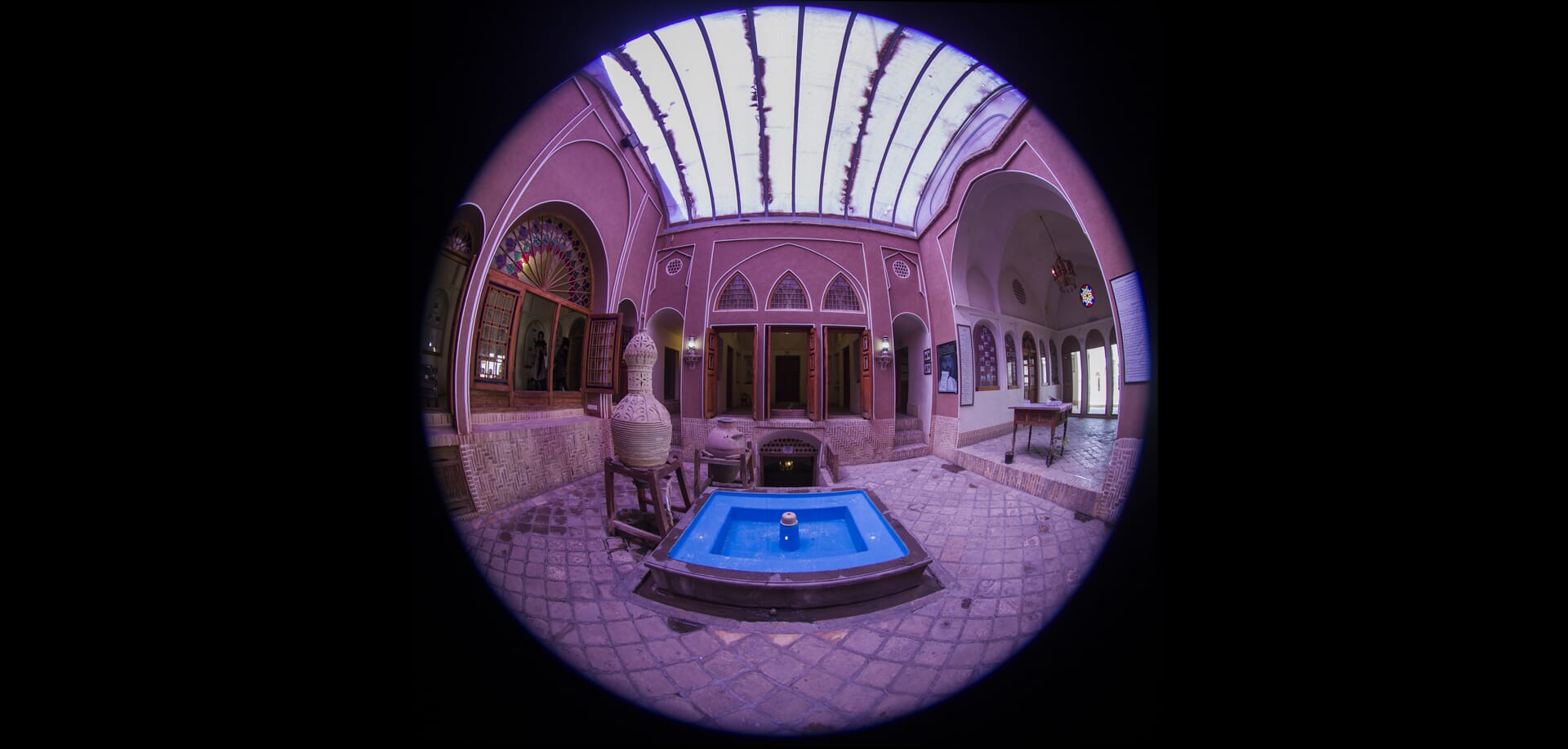
6. Planning Ahead
Planning and communication with your client are paramount. Document what the client wants from the final image, any adjustments to be made, along with elements that need to be added or taken away from a scene. A prior visit to the location is also a good idea, noting down the orientation of the building, window light, and noting down any issues. A visit to the location before the shoot will also inform you of the focal length of lenses needed.
Draw a small diagram of the room layout with key camera positions to make the most of the natural lighting. Prepare all your gear and charge batteries the day before, with spares readily available.
7. Objects For Styling
No matter the interior shot, there’s always something that needs to be moved or rearranged. The first step is to identify the most important elements in a scene. Every other object is there to lead the eye to these most important areas. Are there any distracting elements on the sides or corners of the frame? Are the colors of certain elements too distracting or can they be used to draw the eye to a certain area in the scene?
If in doubt about what objects to use, simplify. Removing just one object can affect the balance, leading lines, and distribution of colors.
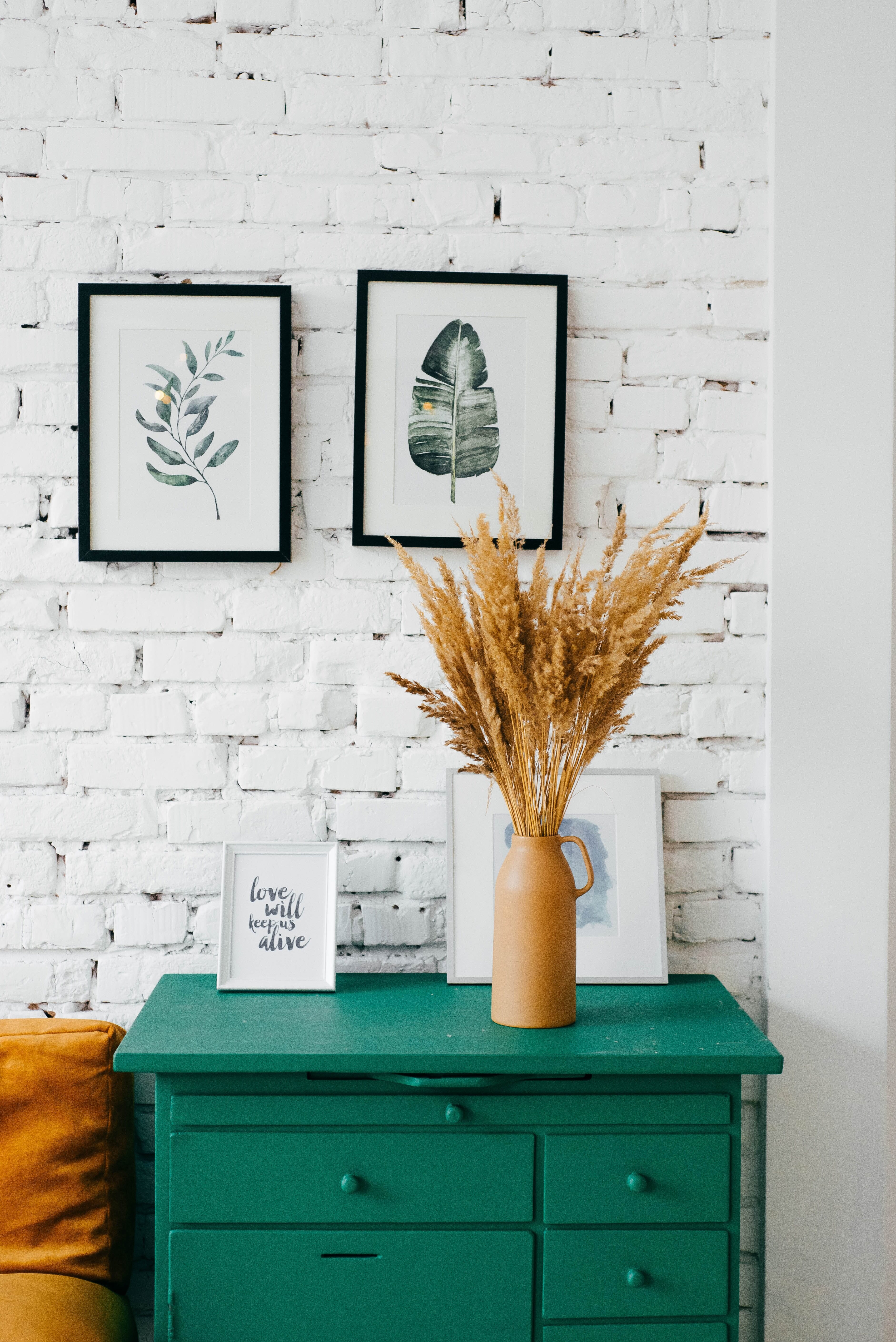
8. Removing Any Clutter
Removing any objects that clutter the scene can range from moving a small teacup to a full furniture removal job. Usually, it’s just a few unwanted items that need removing. But in any case, have a keen eye for unwanted items, unless the client really wants them in the shot. Then the items can be repositioned to a more pleasing location.

Relay to the client the importance of having an extremely clean and tidy space before the shoot begins. I’ve lost count of the number of times I’ve had to clone out and remove small dirt spots from an image.
9. Shoot in RAW and Other Technical Considerations
When it comes to interior photography tips, sharing a few technical pointers is a must. It should be a given that you shoot all your images in RAW format and ideally shoot with a grey card or similar for accurate color balance.
Your ISO settings should be as low as possible for the cleanest of images, around ISO 100-200. Your aperture should generally be in the range of f/8 to f/16 to make sure everything in the depth of field is sharp. Wider apertures can be used on tighter shots to draw the eye to pertinent elements.
As we don’t have to deal with humans in a scene and we will, of course, be using a tripod, shutter speeds can be quite low to compensate for narrow apertures and a low ISO.
If an interior is particularly dark and has lots of areas of light and shadow, then it can be a good idea to shoot bracketed exposures. This process simply means taking a regular well-exposed image along with two or more darker and lighter images of the same scene. These images are then merged together in post-processing software to produce a final rendition that shows detail in the very brightest and darkest areas.
10. Using Bracketing Exposures or HDR
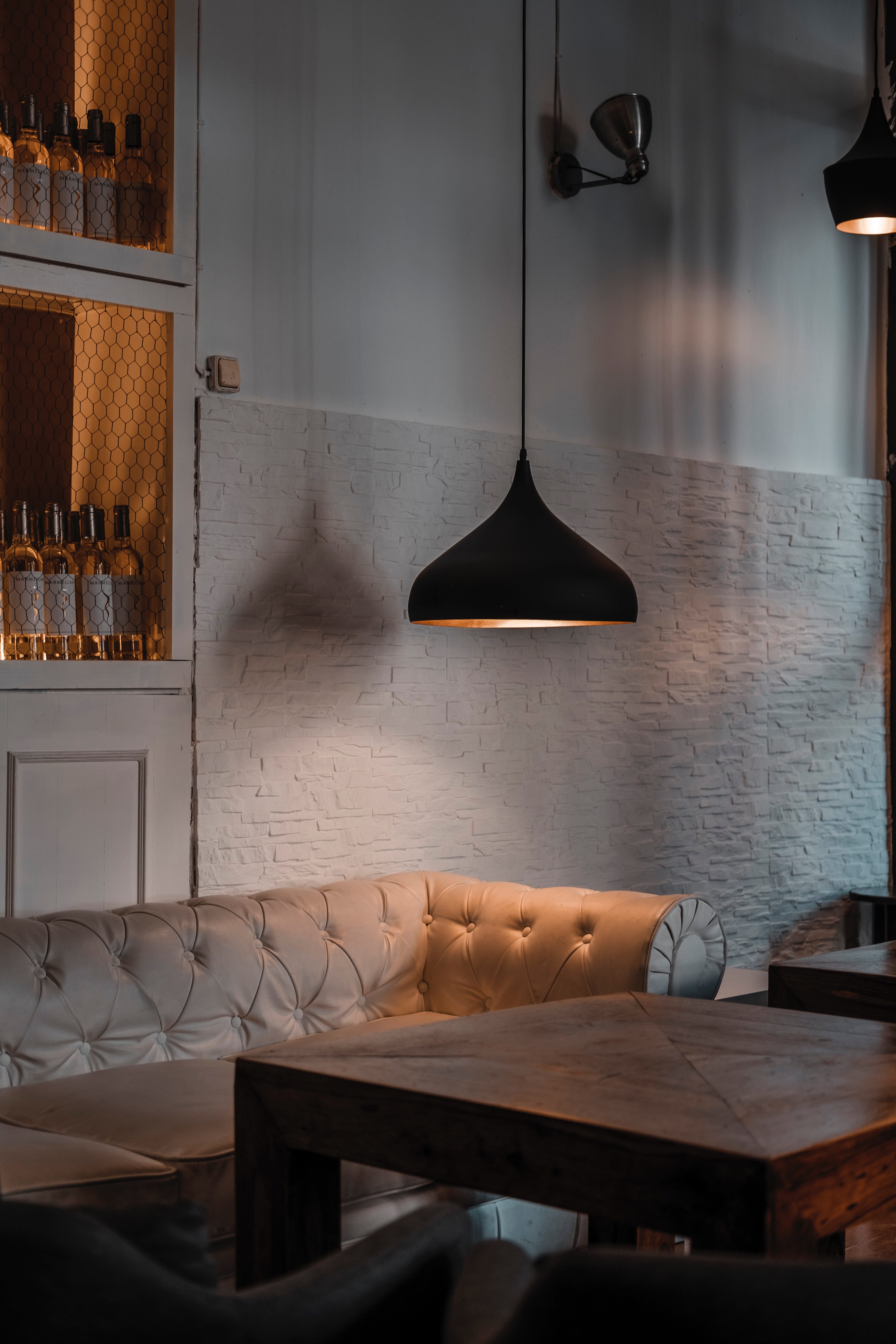
When you’re dealing with natural light indoors, there are always going to be areas of a scene that are very dark and very bright. This can be an exposure nightmare, but bracketed exposures and HDR software can come to the rescue.
As outlined above, bracketed exposures can capture all the detail in the brightest and darkest parts of a scene. Then it’s up to the software to produce the final image. Use a good HDR software solution to works its magic on your final images and enhance your workflow.
11. Focus Stacking
Focus stacking essentially allows you to achieve the best of both worlds when it comes to apertures. A series of images are taken of a scene with a wide aperture focusing each time on different objects. The images are then processed with some very clever software to make all the objects in the scene look equally sharp. After processing the images, the background can still have that lovely creamy blurry effect, with every object in equal focus.
With the right gear (as outlined above), getting some nice focus stacked images shouldn’t be too much trouble!
Related Posts
12. Interior Photography Editing
Post-processing software is your friend when shooting interior photography. The process may seem in-depth, especially when you start using HDR and focus stacking software. But with a few trial-runs, most of the processes can be very straightforward with some minor tweaking.
A good quality RAW image editor such as Lightroom can perform the bulk of your edits. Tweaking things like the white balance, color correction, and exposure are all done at this stage. Software such as Photoshop has many uses from fine detail work to creating HDR images and focus stacking. Bear in mind that there is dedicated software to help with the more complex HDR and focus stacking processes if you want to invest in them.
Closing Thoughts: Interior Photography Tips
Interior design photography has lots of points to consider, but once you’ve run through the process a few times you will start to develop an eye for what works and what doesn’t.
Practice these interior photography tips until you are comfortable with the whole process and adjust and add your own tips and tricks as you see fit.
Did we miss your favorite tip for getting stunning interior photography? Let us know in the comments!
